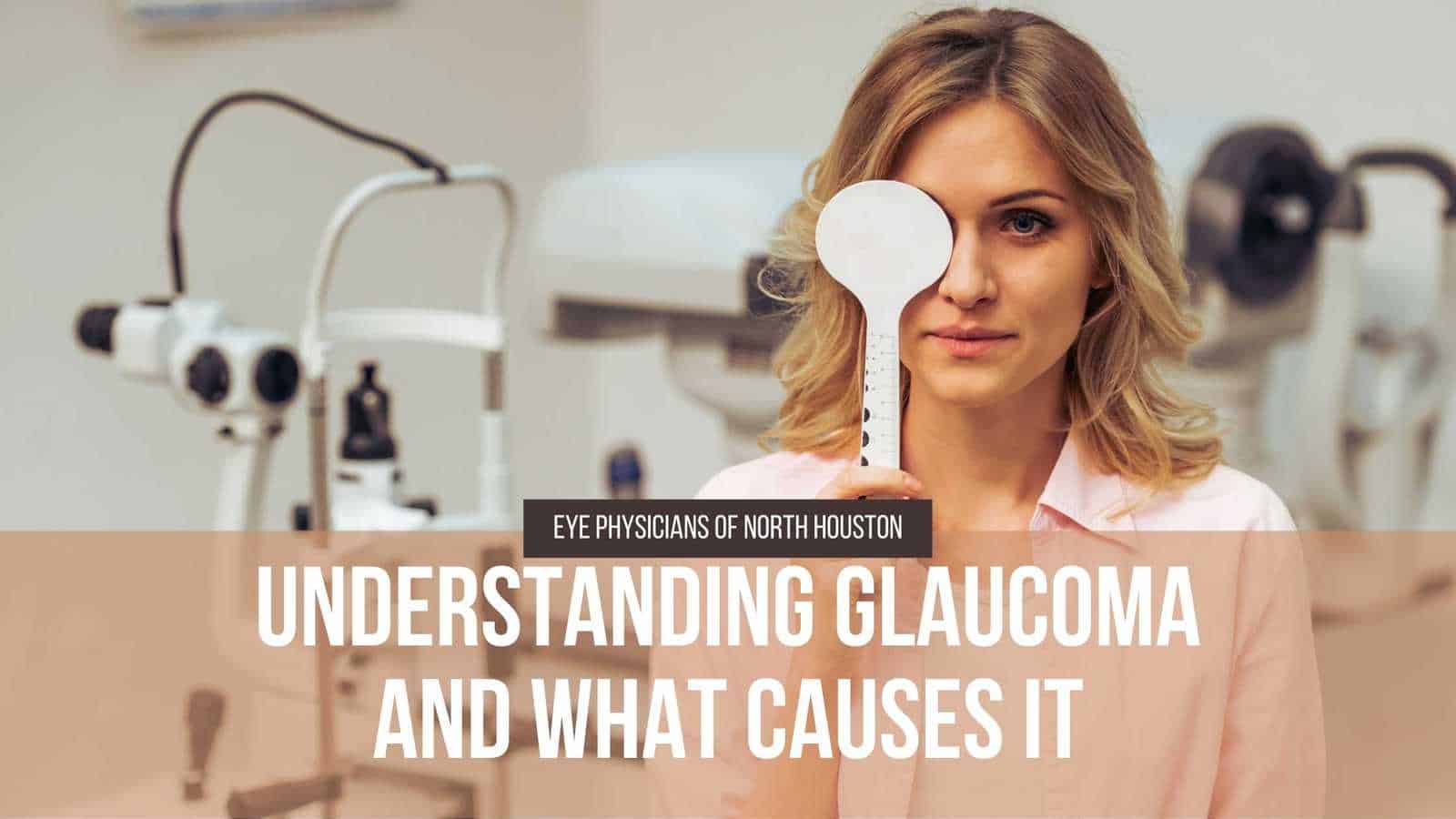Glaucoma is one of the leading causes of blindness, especially in adults aged 60 and older, in the United States. An estimated 2.7 million Americans have glaucoma, a number the National Eye Institute expects to more than double by 2050, increasing to 6.3 million. Scheduling regular dilated eye exams with a board-certified ophthalmologist is essential in the early diagnosis and treatment of this and other eye disorders.
What is Glaucoma?
Glaucoma is a group of eye diseases, which results when significant eye pressure damages the optic nerve, gradually impacting your vision. Located at the back of the eye, the optic nerve is connected and sends light signals to your brain, allowing you to see. However, it is susceptible to changes in eye pressure – also called intraocular pressure (IOP), a measurement of the aqueous and vitreous humor in your eye.
The American Academy of Ophthalmology (AAO) considers normal IOP to be between ten and twenty millimeters of mercury (mmHg). Any deviations in this value, high or low, can impact your vision as IOP is highly individualized. Typically, glaucoma is caused by increased eye pressure, but it is not unheard of for people to develop the condition at different IOPs.
According to the National Eye Institute, there are several types of glaucoma, with open-angle and angle-closure among the most common in the United States. Those most at risk for this eye disease include people aged 60 and over, although it can develop at any age, along with those who have refractive errors or have a family history of glaucoma. In addition, long-term use of specific medications and an eye injury can put you at risk.
At first, this eye disorder damages peripheral vision, often going unnoticed. However, as it progresses, peripheral vision loss can slowly spread and affect your central vision. Even at this stage, some patients report 20/20 vision, impacting their ability to recognize their peripheral vision loss severity. Over time and without treatment, glaucoma can lead to blindness, hence the reason it is considered the “silent thief of sight.”
How is Glaucoma Diagnosed?
A board-certified ophthalmologist will check for glaucoma as part of a comprehensive dilated eye exam. These should be scheduled routinely, often annually, but more often if at risk for glaucoma and other eye problems. Your eye doctor will administer some drops to dilate the pupil, allowing them to detect early signs of common eye diseases like glaucoma and cataracts and perform specific tests, including:
Pachymetry: This test measures the thickness of the cornea, the transparent, front-most part of the eye. Intraocular pressure (IOP) is directly related to the thickness of the cornea. Thicker corneas tend to have falsely high IOPs, and thinner corneas tend to have falsely low IOPs. Therefore, each person’s IOP must be correlated with their corneal thickness.
Visual Field Test: As discussed above, peripheral vision is damaged first by glaucoma. The visual field test maps out the eye’s central and peripheral vision and is used to track one’s visual field over time. It is done with one eye shut at a time, with the open eye fixated at a central target, and takes about four to seven minutes per eye, depending on a person’s response time.
Gonioscopy: This is a test using a specialized contact lens on a person’s eye that has been anesthetized with eye drops. Gonioscopy allows viewing the internal angle between the cornea and the iris (the colored part of the eye). This angle inside the eye is essential in distinguishing between the different types of glaucoma since medical treatment may vary depending on the type of glaucoma.
Optical Coherence Tomography (OCT): The OCT uses light to scan the optic nerve and digitally measure its tissue thickness. This test is analogous to an ultrasound test, except that instead of using sound waves, it uses light rays to visualize the optic nerve. In glaucoma, the tissues of the optic nerve are compressed by high IOP and gradually become thinner. Therefore, the OCT can be used to track the optic nerve’s thickness and health over time.
Using only the most advanced technologies and techniques, the board-certified ophthalmologists at Eye Physicians of North Houston provide compassionate, comprehensive patient-centered eye care in Houston.
Our conveniently located ophthalmology practice, open Monday through Friday from 8:00 am to 5:00 pm, welcomes more than 15,000 patient visits each year. We invite you to schedule a dilated eye exam with one of our ophthalmologists in Houston at (281) 893-1760.
Resources:
Boyd, Kierstan. “What is Glaucoma?” The American Academy of Ophthalmology (AAO), September 22, 2021.
“Glaucoma Data and Statistics.” U.S. Department of Health & Human Services, National Institutes of Health (NIH), National Eye Institute. July 17, 2019.
Gudgel, Dan T. “Eye Pressure.” The American Academy of Ophthalmology (AAO), January 19, 2018.
“Optic Nerve.” The American Academy of Ophthalmology (AAO), March 28, 2016.

